Transformation rule createObject
This transformation rule is concerned with the generation of rules that
create
objects of the given classes that are not abstract. It is shown in
Figure 14. After rule
application the corresponding Class
node has been visited and a create rule
for this class has been generated. This kind of rules is assigned to
layer 1 according to the maxim that first a number of objects is
created and then links and missing objects are inserted. All create
rules are quite simple, they all have empty left hand sides and contain
one node of the given class in the RHS.

Fig. 14: Transformation rule createObject
Transformation rule insertLink_1..01
In the case of 1 to 0..1 associations between two classes we derive two
kinds of rules, wheres the first rule kind creates a link between two
existing instances. The newly created Rule
nodes are rules in layer 2 since they create links those corresponding
associations have at least one association end with multiplicity 1..1.
The rule has three NACs, ensuring that the instances are
not already connected to each other or to another instance by a link of
this type. The rule insertLink_1..01
,shown in Fig. 15, creates a Rule
node with the rulename n1_an_n2
for an assocoiation with name an
starting at a class named n1
(with multiplictiy 1..1) and ending at a class named n2 (with
multiplicity 0..1). The LHS
of this Rule contains the
corresponding Node nodes, the
RHS the two Node nodes and the newly created Edge node with corresponding name (an).
Since the multiplicity at the source association end is 1..1 the
corresponding Node node is
connected via an Edge node to
a Bound node. To ensure that
the Node is bound after rule
application, the Attribute
bound of this Node (which
has to be false in the left hand side) is set to
true on the right hand side of the rule. The second rule is created by
the transformation rule insertLink_1..01CreateSrc_concrete
shown in Fig.16, resp. insertLink_1..01CreateSrc_abstract
shown in Fig.17.
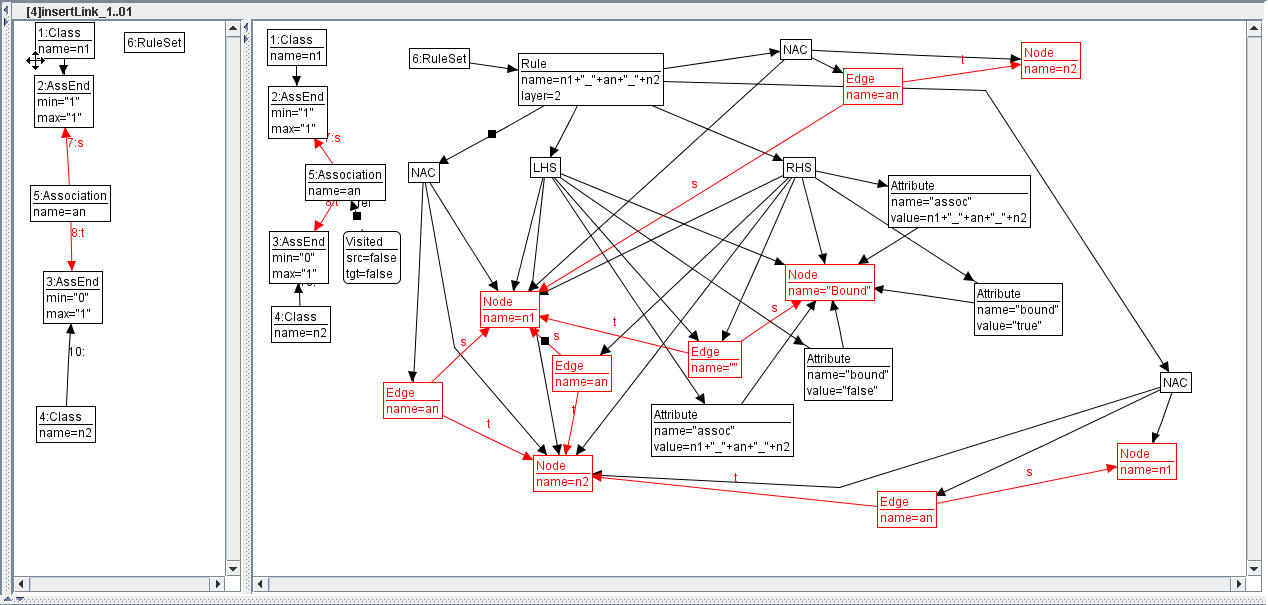
Fig. 15: Transformation rule insertLink_1..01
Transformation rule insertLink_1..01CreateSrc_concrete
This rule creates a new Rule
that matches an instance of a class n1,
creates a new instance
of class n2 and connects the
two by a link an. To handle
the
application condition stating that the rule is applied only if any
match of an instance of class n1
is already connected to an instance of class n2, one NAC requires that there does not
exist an unbound Node named n2 (see the NAC in the lower right corner of
Fig.16). The second NAC
ensures
that the Node named n1 is not already connected to a Node named n2.
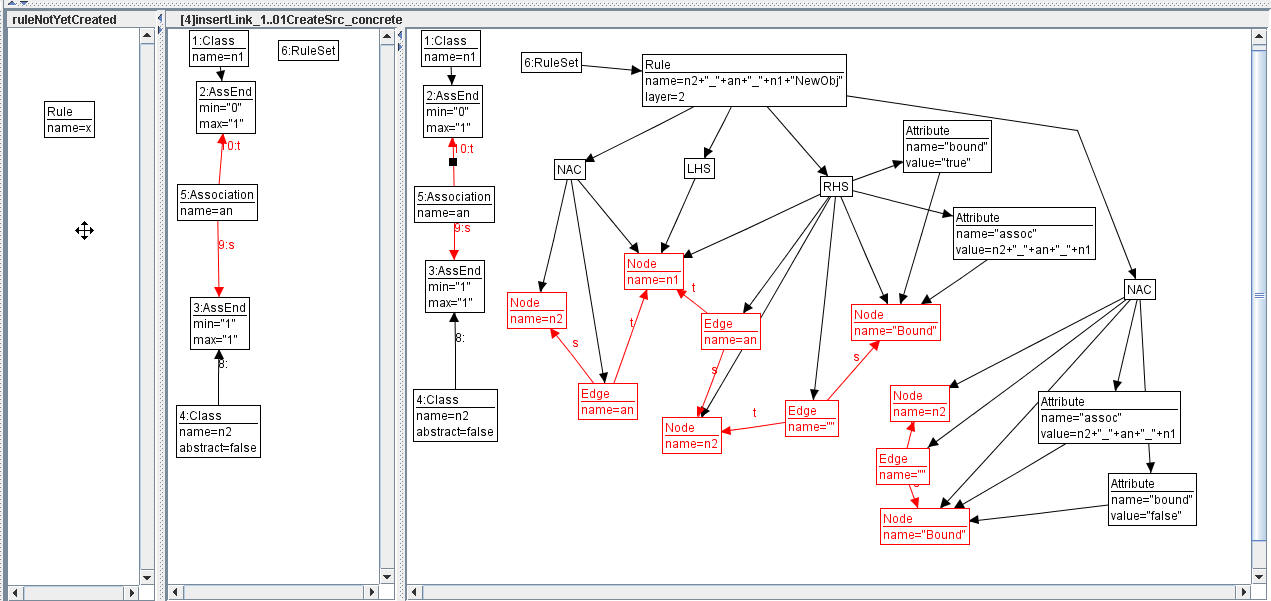
Fig. 16: Transformation rule insertLink_1..01CreateSrc_concrete
Transformation rule insertLink_1..01CreateSrc_abstract
This rule creates a new rule that matches an instance of a class n1, creates a new instance
of class n2, and connects the
two by a link an. Note, that the association an is defined between the class n1 and the abstract class n2-parent, from which the class n2
inherits. To handle the
application condition stating that the rule is applied only if any
match of an instance of class n1
is already connected to an instance of class n2, one NAC requires that there does not
exist an unbound Node named n2 (see the NAC in the lower right corner of
Fig.17). The second NAC
ensures
that the Node named n1 is not already connected to a Node named n2_parent.
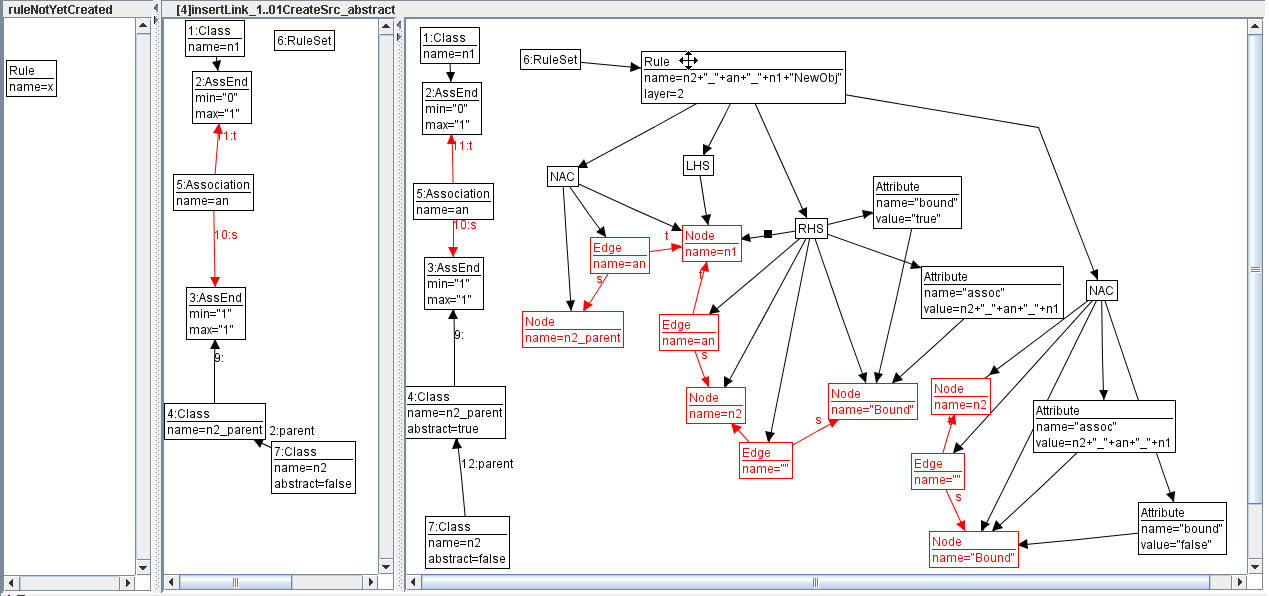
Fig. 17: Transformation rule insertLink_1..01CreateSrc_abstract
Transformation rule insertLink_01..1
This rule is similar to the rule insertLink_1..01,
the association has opposite direction (and therefore the rulename
changes).
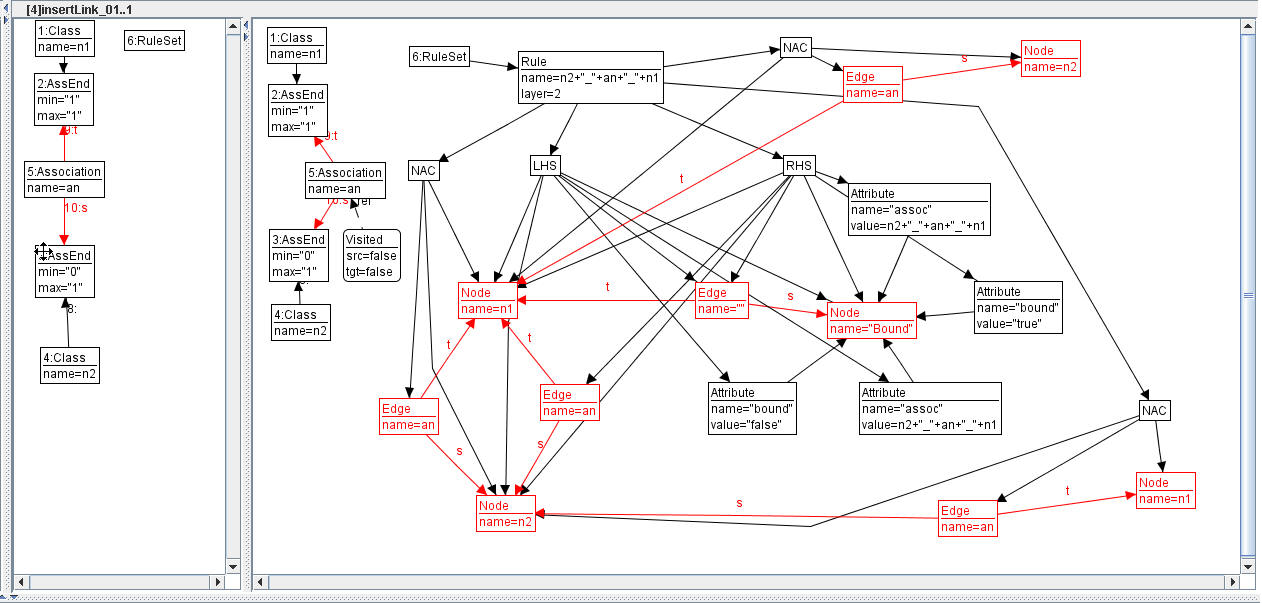
Fig. 18: Transformation rule insertLink_01..1
Transformation rule insertLink_01..1CreateTgt_concrete
This rule is similar to the rule insertLink_1..01CreateSrc_concrete, the
association has opposite direction (and therefore the rulename changes).
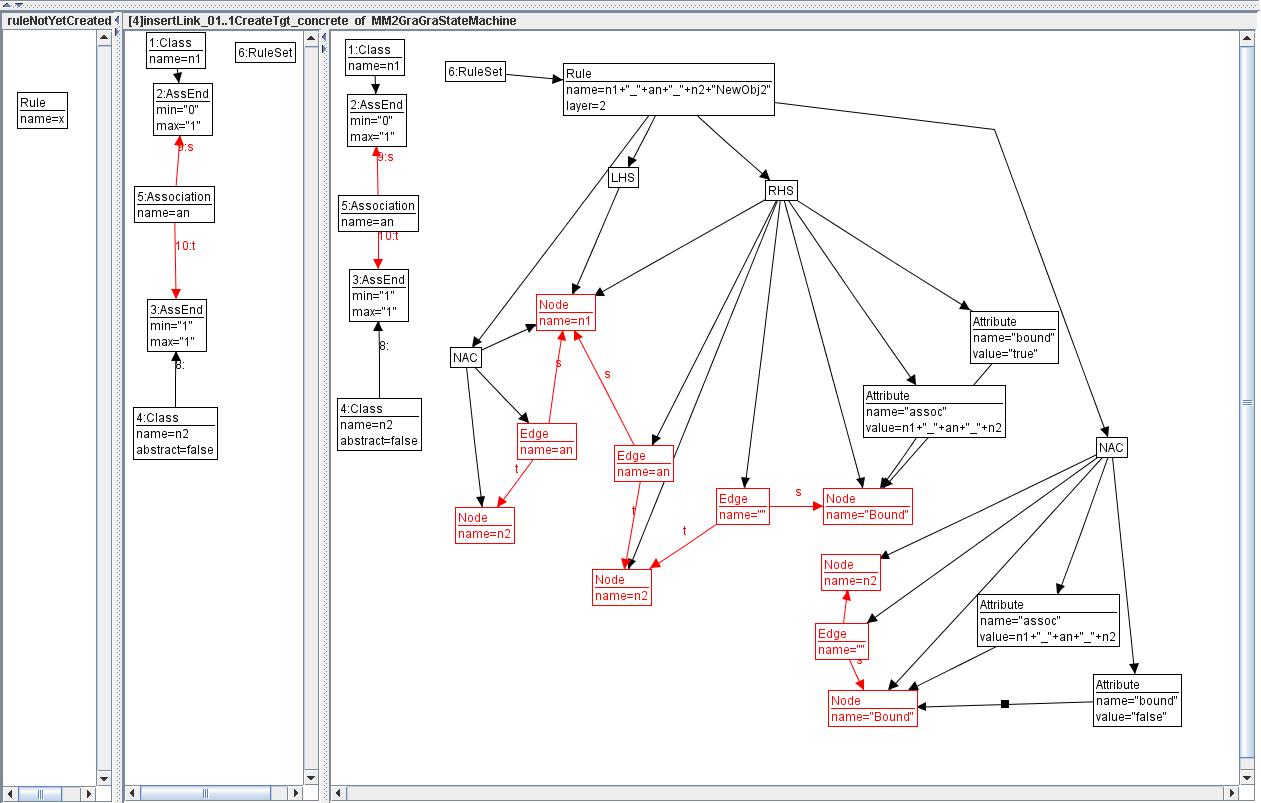
Fig. 19: Transformation rule insertLink_01..1CreateTgt_concrete
Transformation rule insertLink_01..1CreateTgt_abstract
This rule is similar to the rule insertLink_1..01CreateSrc_abstract, the
association has opposite direction (and therefore the rulename changes).
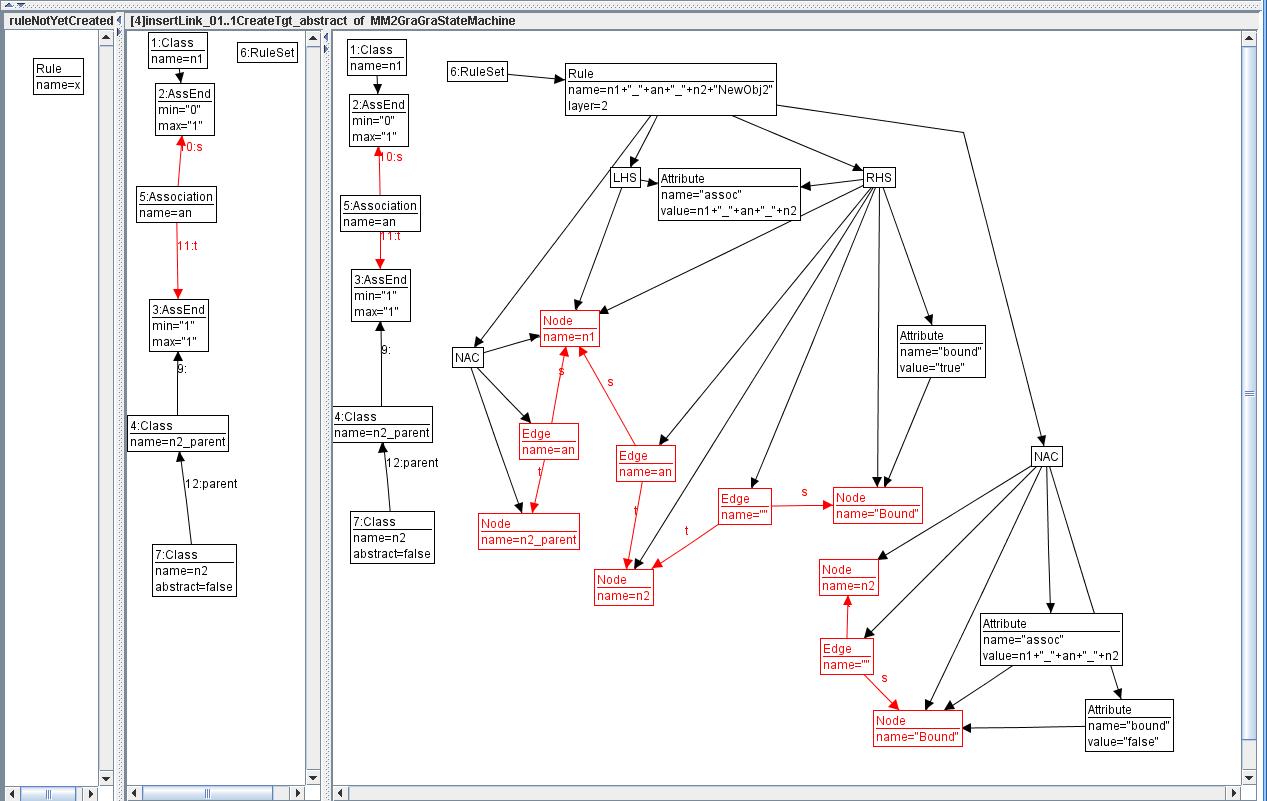
Fig. 20: Transformation rule insertLink_01..1CreateTgt_abstract
Transformation rule insertLink_1..1
In the case of 1 to 1 associations between two classes we derive three
kinds of rules in layer 2, wheres the first rule kind creates a link
between two
existing instances. The newly created Rule
nodes
are rules in layer 2 since they create links those corresponding
associations have at least one association end with multiplicity
1..1.It has three NACs, ensuring that the instances are
not already connected to each other or to another instance by a link of
this type. The rule insertLink_1..1,
shown in Fig. , creates a Rule
node with the rulename n1_an_n2
for an assocoiation with name an
starting at a class named n1
(with multiplictiy 1..1) and ending at a class named n2 (also with
multiplicity 1..1). The LHS
of this Rule contains the
corresponding Node nodes, the
RHS the two Node nodes and the newly created Edge node with corresponding name.
Since the multiplicity at the source association end is 1..1 the
corresponding Node node is
connected via an Edge node to
a Bound node. To ensure that
the Nodes are bound after
rule application, the Attributes
bound of the Nodes are set to
true on the right hand side of the rule. The second rule is created by
the transformation rule insertLink_1..1CreateSrc_concrete
shown in Fig.22, resp. insertLink_1..1CreateSrc_abstract
shown in Fig.23, the third one is created by the transformation rule insertLink_1..1CreateTgt_concrete
shown in Fig.25, resp. insertLink_1..1CreateTgt_abstract
shown in Fig.26.
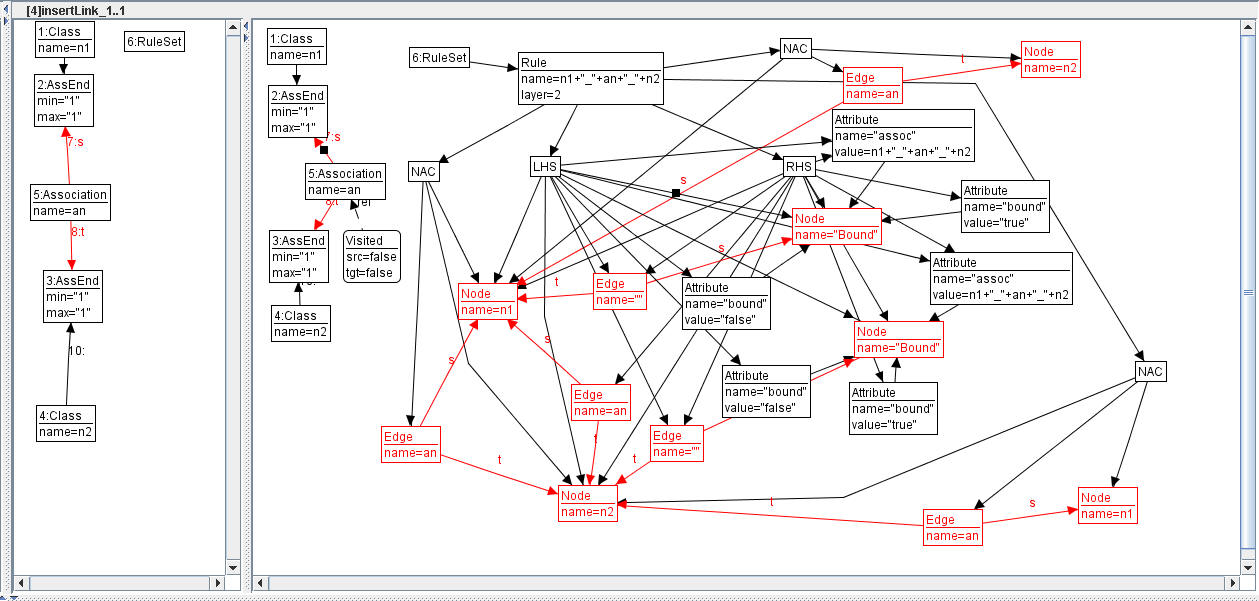
Fig. 21: Transformation rule insertLink_1..1
Transformation rule insertLink_1..1CreateSrc_concrete
This rule creates a new Rule
that matches an instance of a class n1,
creates a new instance
of class n2 and connects the
two by a link an. To handle
the
application condition stating that the rule is applied only if any
match of an instance of class n1
is already connected to an instance of class n2, one NAC requires that there does not
exist an unbound Node named n2 (see the NAC in the lower right corner of
Fig.22). The second NAC
ensures
that the Node named n1 is not already connected to a Node named n2.
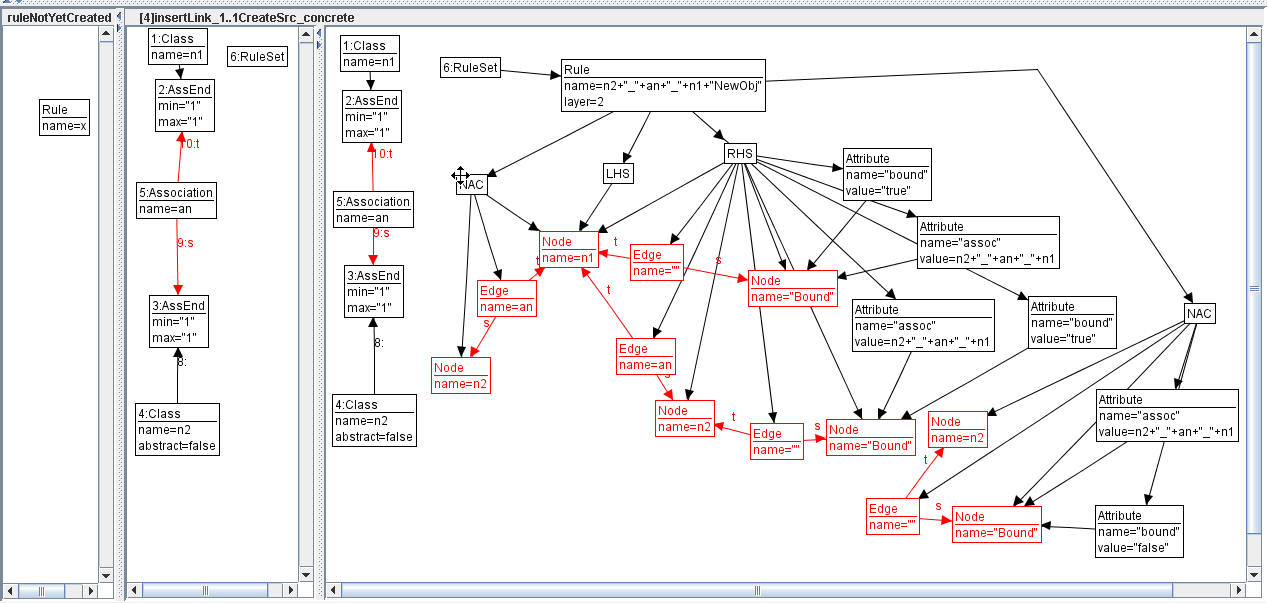
Fig. 22: Transformation rule insertLink_1..1CreateSrc_concrete
Transformation rule insertLink_1..1CreateSrc_abstract
This rule creates a new Rule
that matches an instance of a class n1,
creates a new instance
of class n2, and connects the
two by a link an. Note, that the
association an is defined
between the class n1 and the
abstract class
n2-parent, from which the
class n2 inherits. To handle
the
application condition stating that the rule is applied only if any
match of an instance of class n1
is already connected to an instance of
class n2, one NAC requires that there does not
exist an unbound Node named n2 (see the NAC in the lower right corner of
Fig.23). The second NAC
ensures
that the Node named n1 is not
already connected to a Node
named n2_parent.
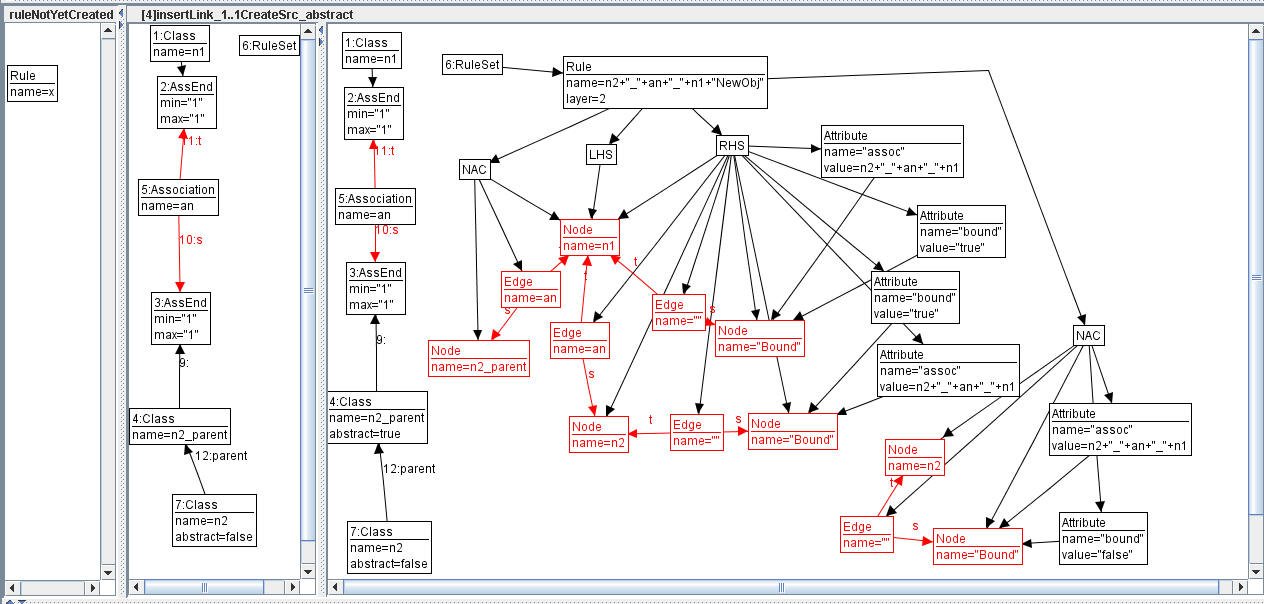
Fig. 23: Transformation rule insertLink_1..1CreateSrc_abstract
Transformation rule insertLink_1..1otherDirection
This rule is similar to the rule insertLink_1..1, the association has opposite
direction (and therefore the rulename changes).
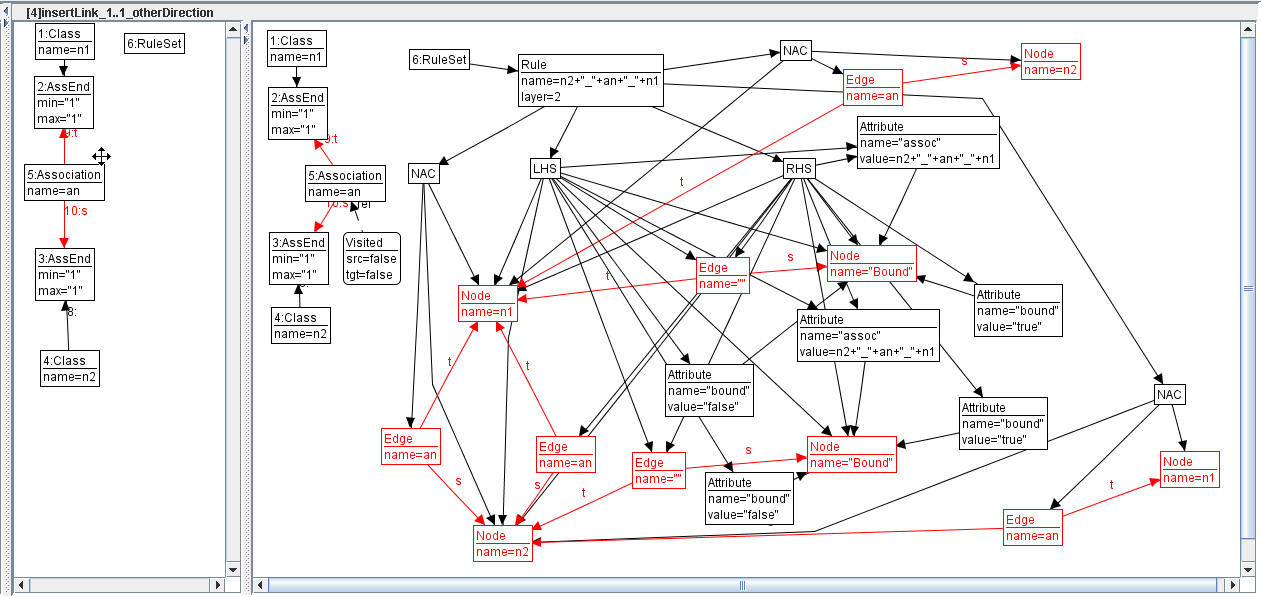
Fig. 24: Transformation rule insertLink_1..1otherDirection
Transformation rule insertLink_1..1CreateTgt_concrete
This rule is similar to the rule insertLink_1..01CreateSrc_concrete, the
association has opposite direction (and therefore the rulename changes).
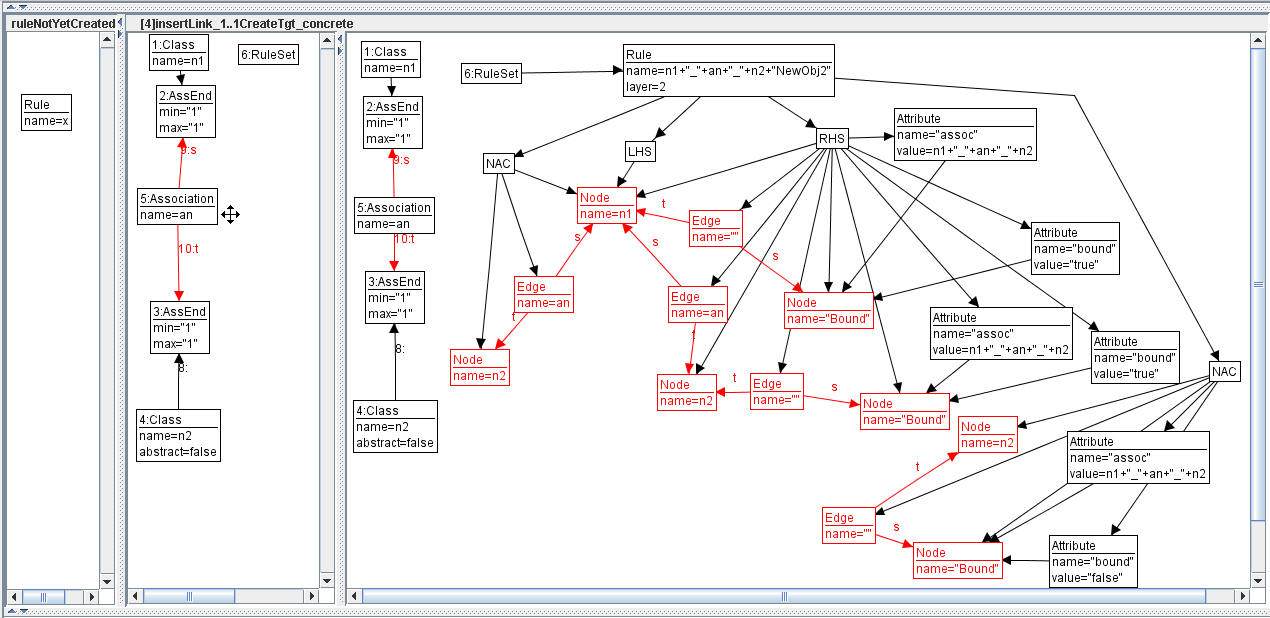
Fig. 25: Transformation rule insertLink_1..1CreateTgt_concrete
Transformation rule insertLink_1..1CreateTgt_abstract
This rule is similar to the rule insertLink_1..01CreateSrc_abstract, the
association has opposite direction (and therefore the rulename changes).
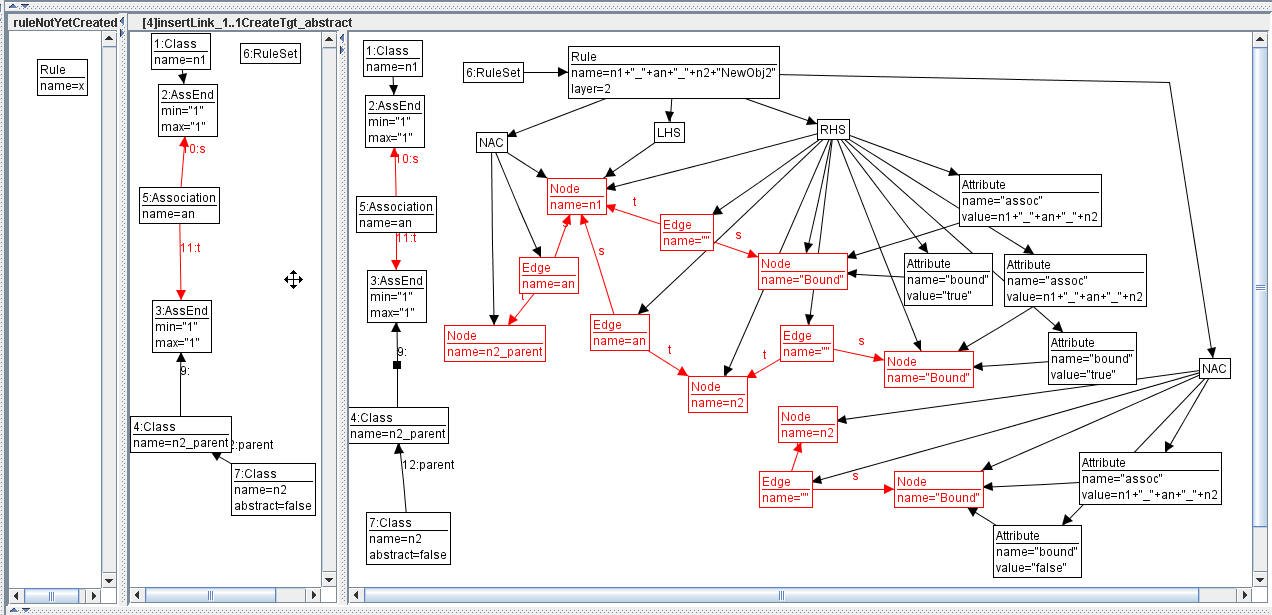
Fig. 26: Transformation rule insertLink_1..1CreateTgt_abstract
Transformation rule insertLink_01..01
The Rule node (named n1_an_n2 in layer 3) added to the RuleSet node by this rule has two Nodes (named n1 and n2 as the corresponding Class nodes) in the LHS, and additionally the new
created Edge node (named an as the corresponding Association node) in the RHS. The NACs ensure that an Edge between
this Nodes does not already
exist, that Node n1 is not
connected to another n2-Node, and that
Node n2 is not connected to
another n1-Node.
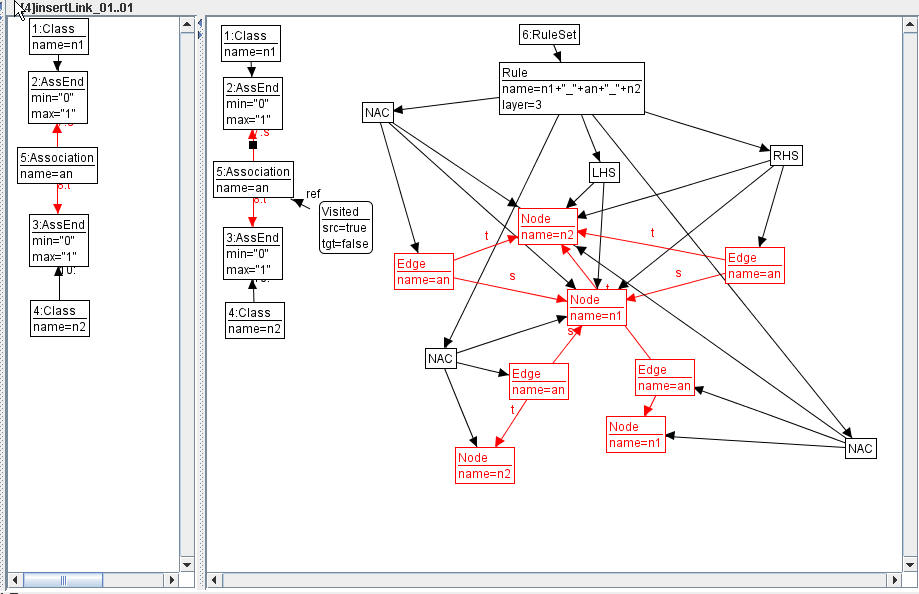
Fig. 27: Transformation rule insertLink_01..01
Transformation rule insertLink_01..*
The Rule node (named n2_an_n1 in layer 3) added to the RuleSet node by this rule has two Nodes (named n2 and n1 as the corresponding Class nodes) in the LHS, and additionally the new
created Edge node (named an as the corresponding Association node) in the RHS. The NACs ensure that an Edge named an between this Nodes does not already exist, and
that Node n1 is not connected
to another n2-Node.
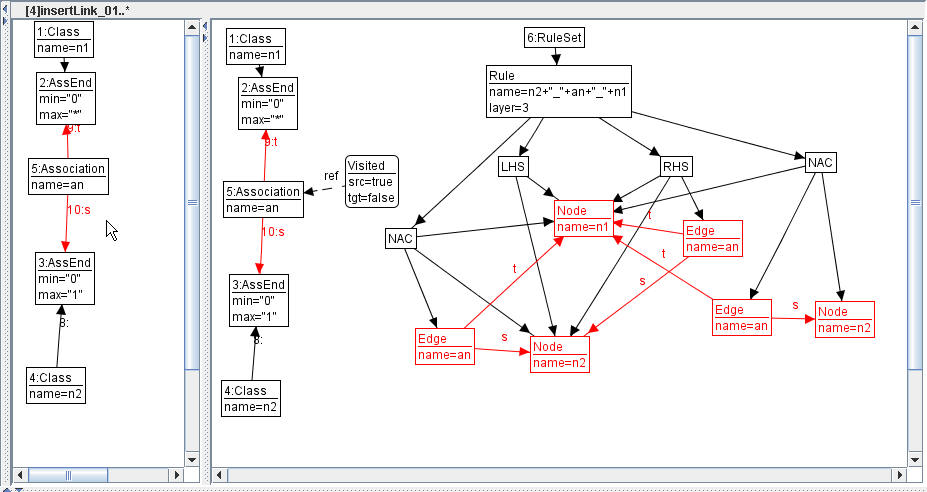
Fig. 28: Transformation rule insertLink_01..*
Transformation rule insertLink_*..01
The Rule node (named n1_an_n2 in layer 3) added to the RuleSet node by this rule has two Nodes (named n1 and n2 as the corresponding Class nodes) in the LHS, and additionally the new
created Edge node (named an as the corresponding Association node) in the RHS. The NACs ensure that an Edge named an between this Nodes does not already exist, and
that Node n1 is not connected
to another n2-Node. Note,
that (compared with rule insertLink_01..*)
only the direction of the association an
is changed.
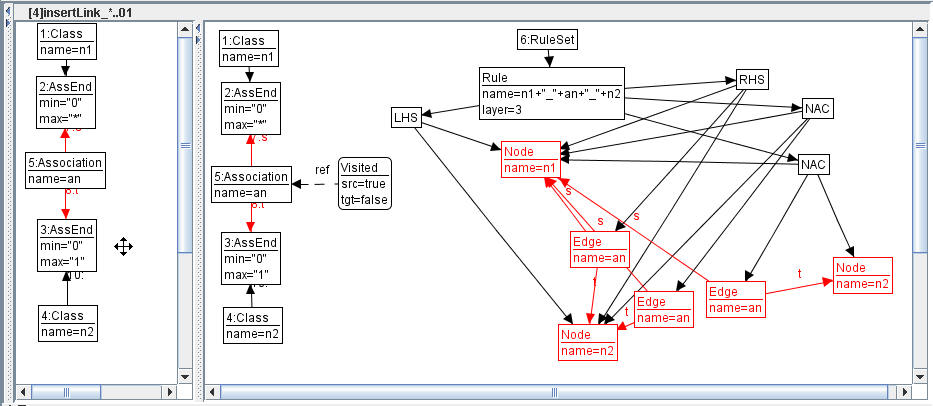
Fig. 29: Transformation rule insertLink_*..01
Transformation rule insertLink_*..*
The Rule node (named n1_an_n2 in layer 3) added to the RuleSet node by this rule has two Nodes (named n1 and n2 as the corresponding Class nodes) in the LHS, and additionally the new
created Edge node (named an as the corresponding Association node) in the RHS. The NAC ensures that an Edge named an between this Nodes does not already exist.
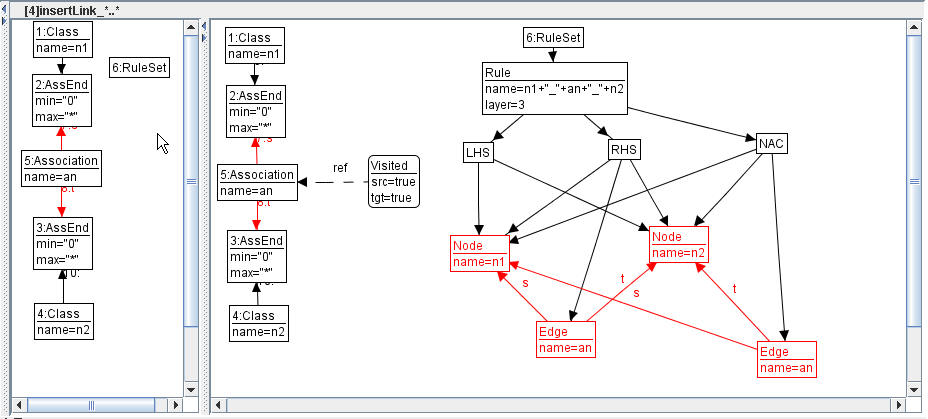
Fig. 30: Transformation rule insertLink_*..*
















